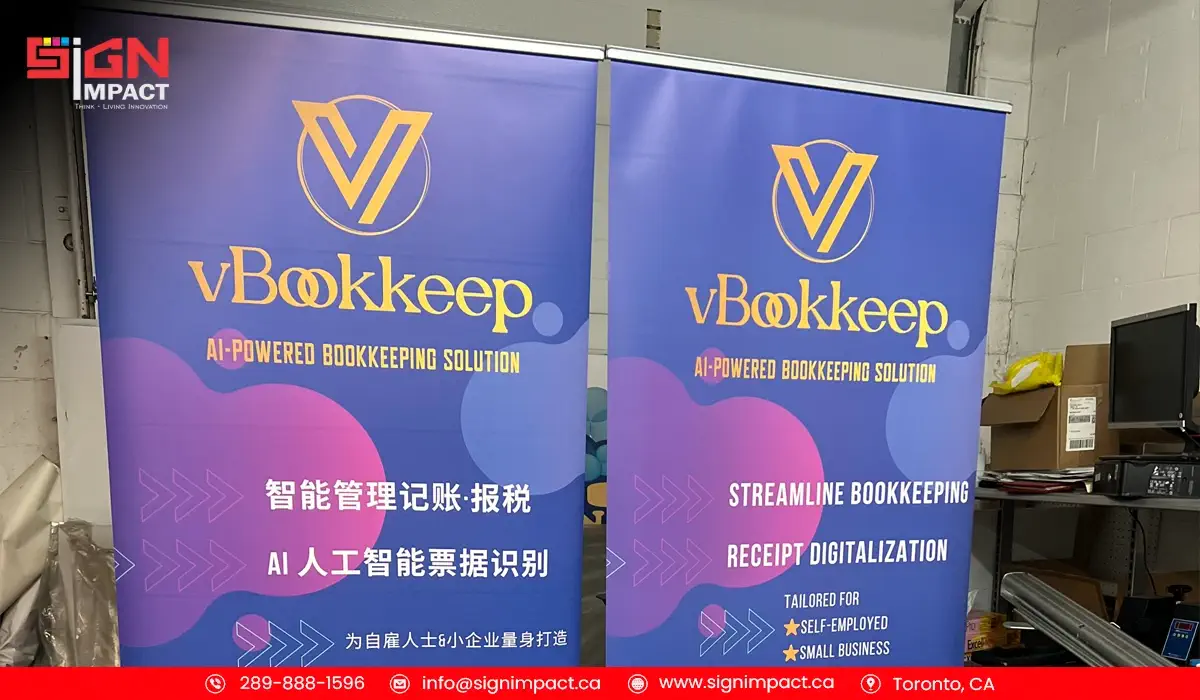Signage is an essential element of any business’s or enterprise’s visual identification. It engages in conversation and brand and attracts interest in various settings, from storefronts and exhibitions to activities and informational presentations.
One of the most vital decisions when growing signage is selecting the right colors. Coloration profoundly affects how people perceive and interact with signage, influencing emotions, conveying messages, and enhancing visibility.
In this newsletter, we’ll discover distinctive sign printing color alternatives and their importance in attaining effective and attractive signage.
Understanding the Importance of Color in Sign Printing
Before delving into specific color options, it’s essential to understand the significance of color in signage design.
Color plays a crucial role in:
1. Brand Identity
Colors are often closely associated with brands and evoke specific emotions and perceptions. Consistent use of brand colors in signage helps reinforce brand identity and recognition.
2. Communication
Different colors have different psychological associations and can convey specific messages or moods. For example, warm colorings like purple and orange might also evoke energy and pleasure, even as cool colorings like blue and inexperienced may also deliver calmness and reliability.
3. Visibility and Readability
Contrasting text and background colors are essential for ensuring readability, especially from a distance or in low-light conditions. High-contrast color combinations improve visibility and legibility.
4. Aesthetics
Colorful signage is visually appealing and captures attention more effectively than monochromatic or dull designs. The strategic use of color combinations enhances the overall aesthetics of signage and makes it more memorable.
Popular Sign Printing Color Options
When selecting colors for signage, it’s essential to consider the intended message, target audience, and context in which the signage will be displayed.
Here are some popular sign printing color options and their significance:
1. Primary Colors
- Red: Often associated with passion, energy, and urgency, red is attention-grabbing and practical for conveying excitement. It’s commonly used in signage for sales, promotions, and alerts.
- Blue: Symbolizing trust, professionalism, and stability, blue is a versatile color suitable for various industries and purposes. It’s commonly used in corporate signage and institutions to convey reliability.
- Yellow: Yellow is the color of sunshine and happiness, evoking optimism and warmth. It’s effective for attracting attention and conveying messages of positivity and friendliness.
2. Secondary Colors
- Orange: Combining red’s energy with yellow’s brightness, orange is vibrant and attention-grabbing. It’s often used in signage to promote creativity, enthusiasm, and affordability.
- Green: Related to nature, increase, and fitness, green conveys a feeling of freshness and vitality. Health-related signage and businesses promoting sustainability.
- Purple: Symbolizing luxury, creativity, and sophistication, purple adds a touch of elegance and uniqueness to signage. It’s effective for brands aiming to convey prestige and exclusivity.
3. Neutral Colors
- Black: Black represents power, authority, and elegance, adding a sense of sophistication to signage. It’s commonly used in luxury branding and formal announcements.
- White: Symbolizing purity, simplicity, and clarity, white is a versatile background color that enhances contrast and readability. It’s commonly used in minimalist designs to create a sense of openness.
If you are looking for a color scheme for your business printing, then you are at Signimpact, which provides customizing sign printing services because it is the best company in the world to enhance your business.
Choosing the Right Color Combinations
In addition to selecting individual colors, choosing the right color combinations is crucial for creating visually appealing and effective signage.
Some popular color combinations include:
1. Complementary Colors
Colors opposite each other on the color wheel, such as red and green or blue and orange, create high-contrast and visually striking combinations.
2. Analogous Colors
Colors adjacent to each other on the color wheel, such as blue, green, and teal, create harmonious and cohesive combinations.
3. Monochromatic Colors
Different shades and tints of the same color, such as light blue, medium blue, and dark blue, create a unified and sophisticated look.
When selecting color combinations, consider brand identity, readability, and aesthetics to ensure that the signage effectively communicates its message and captures the intended audience’s attention.
Conclusion
Color is a powerful tool in signage design, influencing emotions, perceptions, and interactions with the environment. By understanding the significance of different sign printing color options and their impact on branding, communication, and aesthetics, businesses and organizations can create signage that effectively conveys their message, enhances visibility, and leaves a lasting impression on viewers.
Whether it’s bold primary colors for attention-grabbing promotions or sophisticated neutral tones for corporate branding, choosing the right colors is essential for creating impactful and engaging signage that achieves its objectives.




